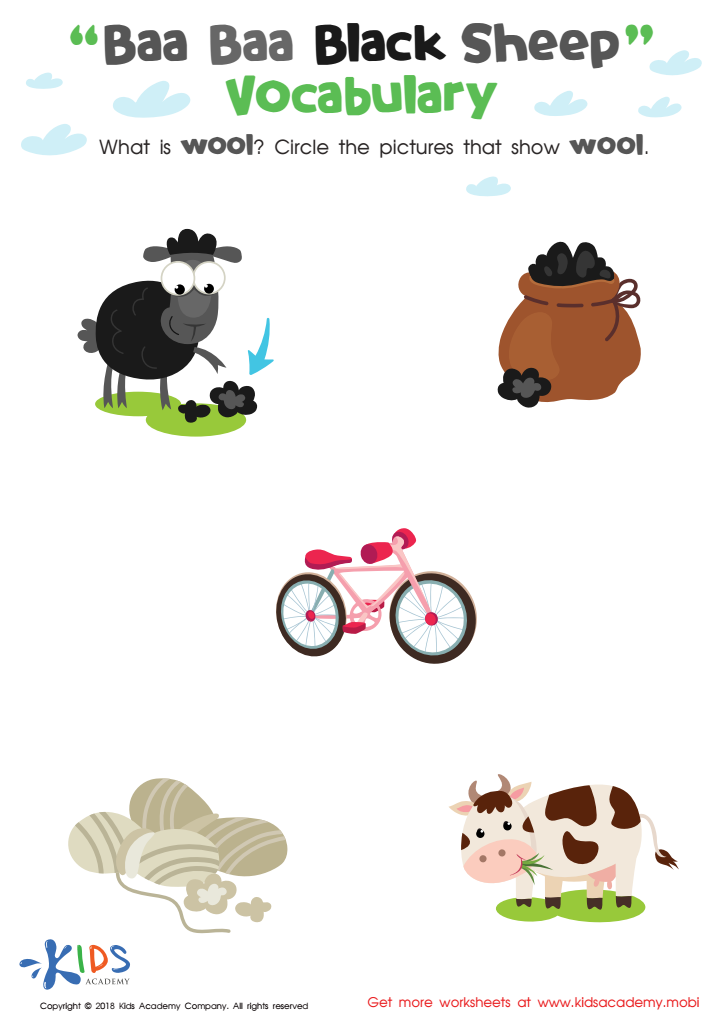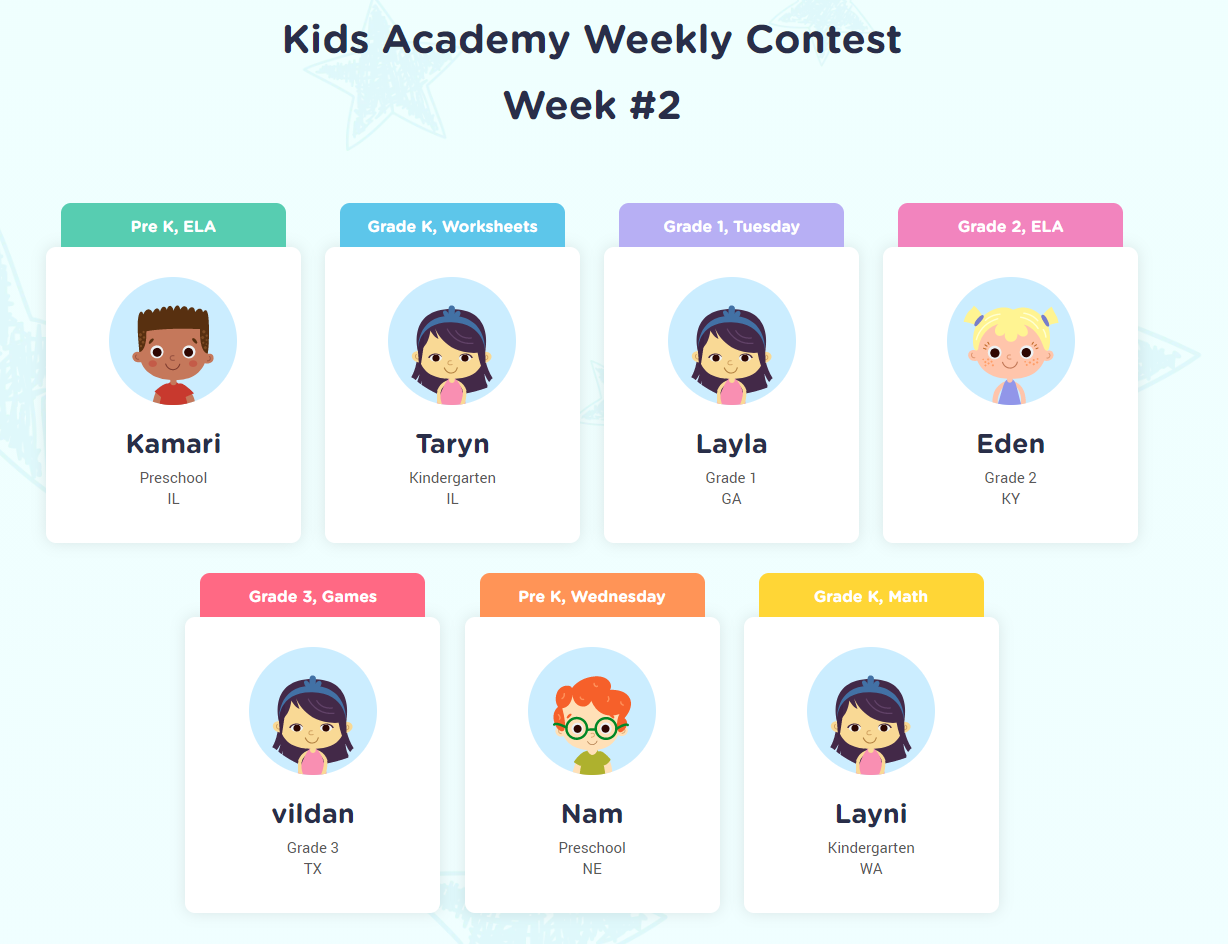Normal Songs Worksheets Activities With Answers for Ages 5-6
1 filtered results
-
From - To


Baa Baa Black Sheep: Vocabulary Worksheet
When it comes to enhancing language skills, creativity, and understanding of cultural nuances, incorporating Normal Songs Worksheets Activities With Answers into the learning curriculum offers a plethora of benefits. These activities are not just engaging but also educational, providing learners with an interactive way to delve into the aesthetics of language, music, and culture. Here’s why these worksheets are incredibly useful:
-
Enhanced Listening Skills: Normal Songs Worksheets Activities are designed to improve listening skills. As students listen to various songs, they learn to identify different elements such as rhythm, rhyme, and vocabulary. This heightened sense of auditory discrimination is crucial not only in language learning but also in everyday communication.
-
Improved Language Proficiency: These worksheets often contain fill-in-the-blank, matching, and answer-the-question activities based on the lyrics of songs. Such tasks require students to pay close attention to the words, thereby expanding their vocabulary and understanding of grammatical structures in a fun and memorable way.
-
Cultural Awareness: Songs are a reflection of culture. Through Normal Songs Worksheets Activities With Answers, learners explore the cultural contexts behind the lyrics, gaining insights into the values, beliefs, and experiences of people from different backgrounds. This fosters empathy and global awareness.
-
Critical Thinking and Interpretation: Many songs contain metaphors, idioms, and abstract ideas. Worksheets that prompt learners to interpret the meaning of songs encourage critical thinking and creativity. Students learn to look beyond the literal meaning and delve into deeper interpretations, enhancing their analytical skills.
-
Motivation and Engagement: Let’s face it, learning through songs is fun! The incorporation of music into educational activities boosts motivation and engagement. Students are more likely to participate actively and retain information when the learning process is enjoyable.
-
Instant Feedback: With answers provided, learners can immediately check their understanding and learn from any mistakes. This immediate feedback is essential for effective learning and helps students to improve steadily.
In conclusion, Normal Songs Worksheets Activities With Answers are an invaluable resource for educators and learners alike. They not only make learning more enjoyable but also enrich the educational experience by developing essential skills such as listening, language proficiency, cultural awareness, critical thinking, and interpretation.

 Assign to the classroom
Assign to the classroom












